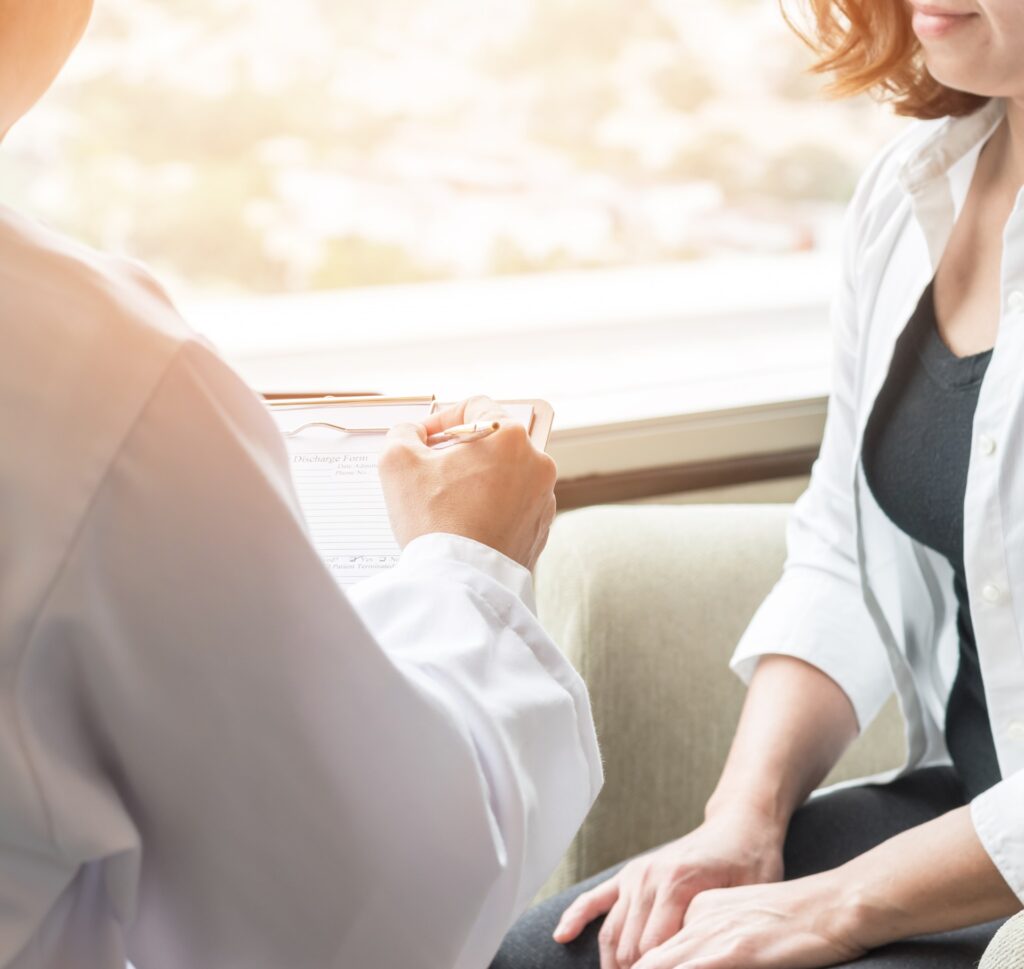
Gynecology
Please Call Dr. Weary’s Office at (719) 571-4500 For an Appointment
Dr. Weary's Specialties
First Gynecologist Visit: When to Go?
- Age or Sexual Activity: According to recent studies, the recommended time for a woman’s first gynecologic exam is in the early to mid-20s or when she becomes sexually active, whichever comes first.
- Adolescents and Puberty Issues: Exceptions exist for adolescents experiencing challenges with puberty or menstrual problems. It is common for young women to face irregular, heavy, or painful periods. Our experienced gynecologists can effectively address and treat these issues, so it’s advisable for patients to seek assistance earlier than the typical recommendations.
- Personalized Care: Our dedicated team is committed to providing personalized care, tailoring our approach to address individual needs and concerns. Schedule an appointment today to receive comprehensive gynecologic care at the right time for you.


Your First Gynecology Appointment
During the first appointment there are some important steps and things to discuss with Dr. Weary:
- Meet the Medical Assistant (MA): Vital signs and medical history are recorded.
- Discussion with the Gynecologist: Medical history, menstrual patterns, family history, and contraception needs are covered.
- Physical Examination: Head and neck check, breast examination, abdominal and pelvic exam including Pap smear and bimanual exam.
- Efficient and Comfortable Experience: Quick and precise examination for optimal care.
- Findings and Treatment: Discussion of results and recommendations.
- Appointment Duration: Usually 30-45 minutes, depending on complexity.
Gynecology By Age
Dr. Kevin Weary is dedicated to providing comprehensive and patient-centered care for women of all ages. His primary goal is to prioritize your well-being and ensure that you receive the highest quality of healthcare.
Some of the things that Dr. Weary will make sure to go over by age:
- Family planning and contraception counseling.
- Breast health and perimenopause changes.
- Mammograms for breast health in the 40s.
- Menopause and hormone replacement therapy considerations.
- Individualized hormone therapy based on symptoms and preferences.
- Addressing gynecological needs in the 40s-60s.
- Ongoing breast and gynecological exams in older age patients.


Dr. Kevin Weary, MD
I have been an Ob/Gyn for over 30 years. This includes 25 years of private practice, four years of medical experience and residency training. During my time in medical school, I initially explored various medical disciplines beyond surgery.
